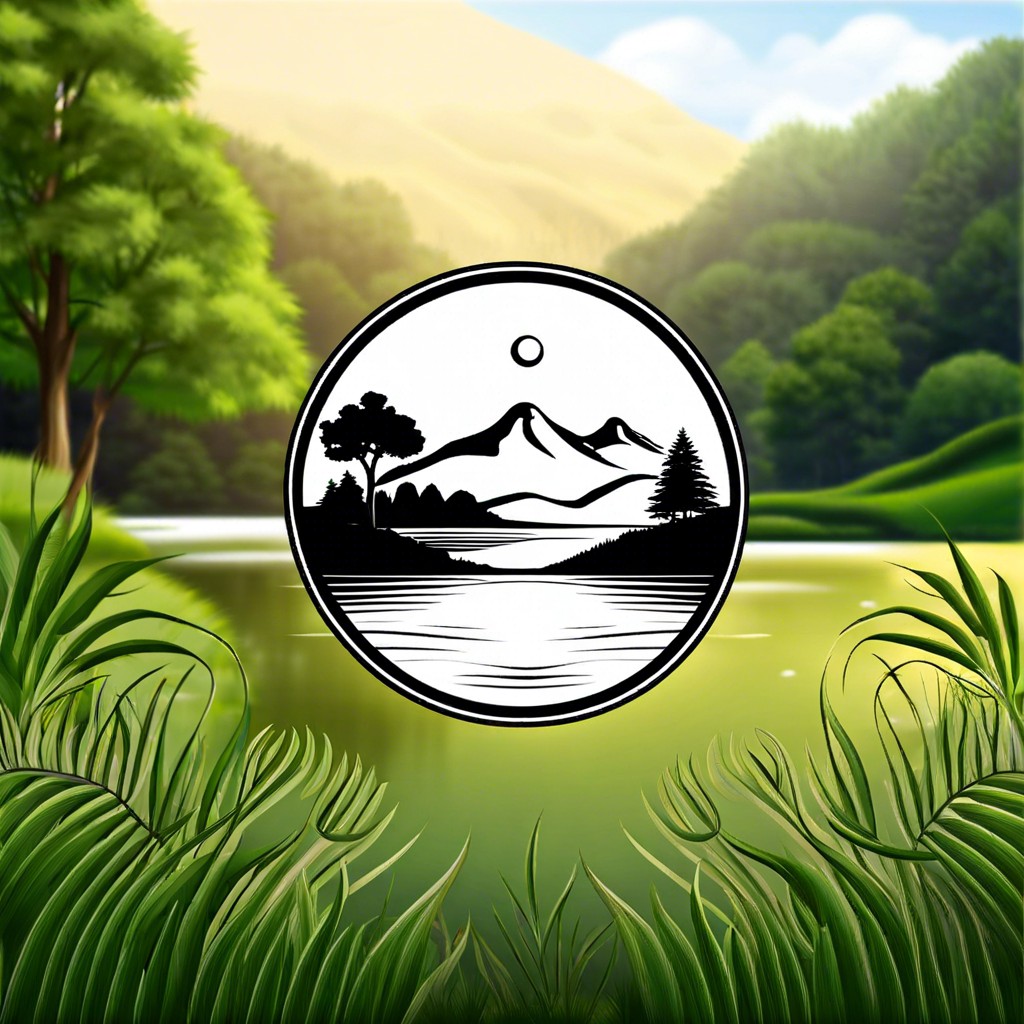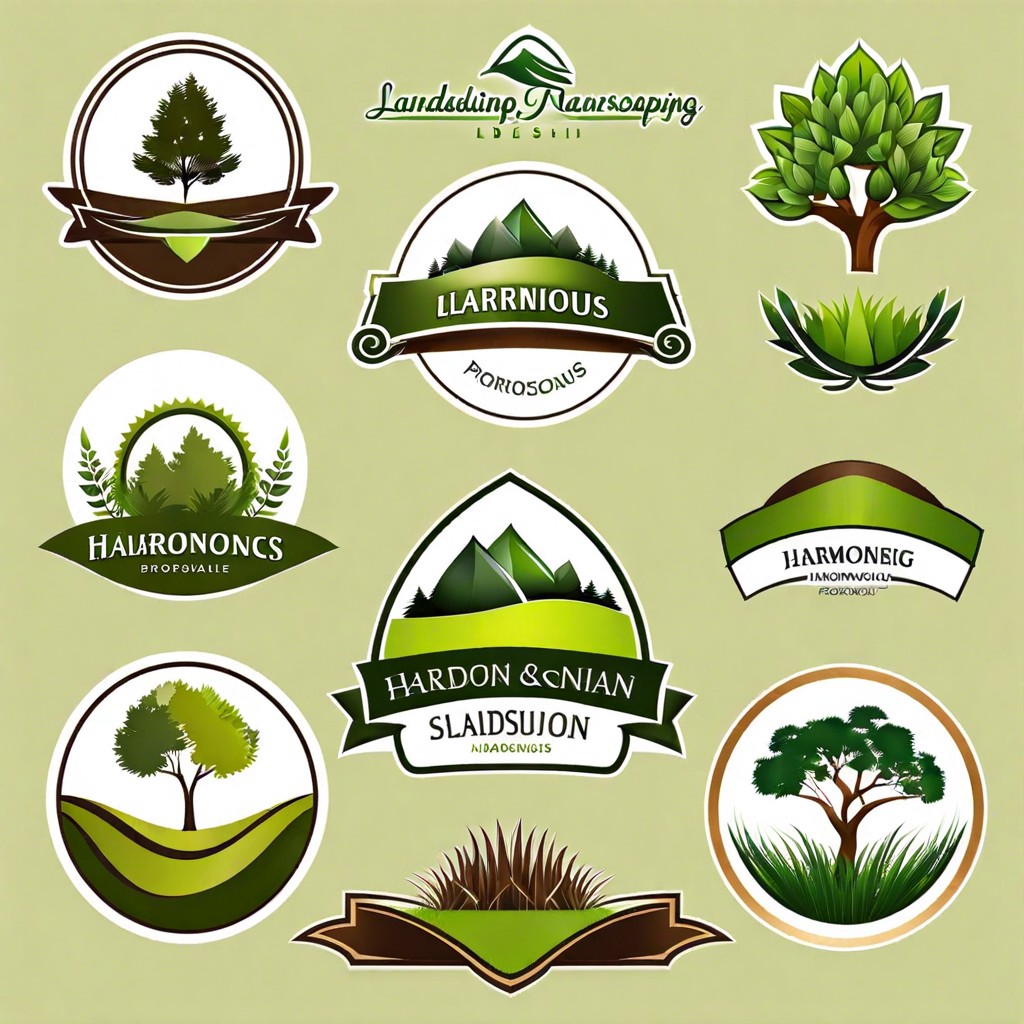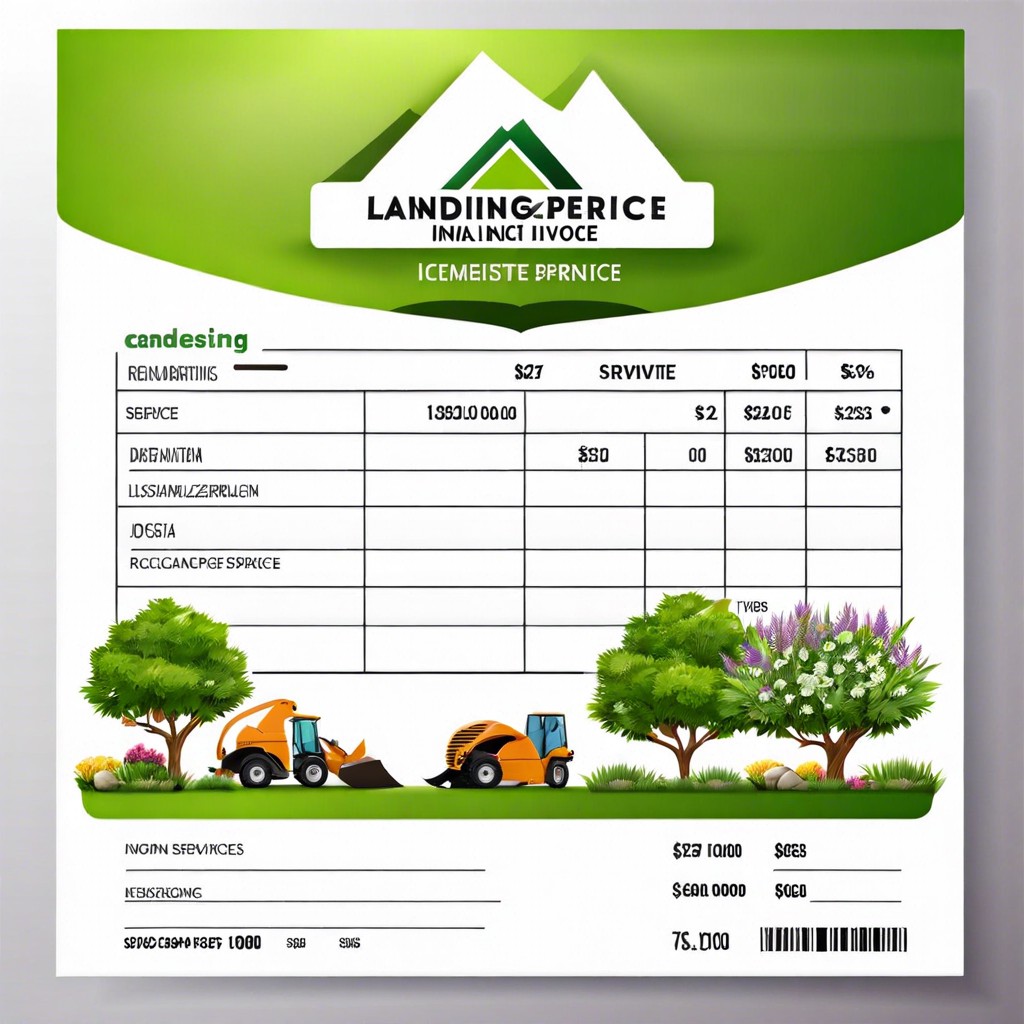In this article, you will learn about the significance of landscaping logos and how the right design can encapsulate the essence of a landscaping business, influencing both branding and customer perception.
Key takeaways:
- A well-crafted and unique landscaping logo sets your business apart.
- Design elements include color palette, typography, imagery, scalability, memorability, versatility, and adaptability.
- Understand your brand identity to create a logo that resonates with your target audience.
- Consider the benefits of professional design services versus DIY logo creation.
- Trademark your landscaping logo to protect your brand identity legally.
Importance of a Unique Landscaping Logo

A well-crafted logo serves as the visual cornerstone of a landscaping company’s brand identity. It’s the first impression that potential clients will have of your business, so it’s essential to make it memorable. When your logo stands out, it differentiates your services in a competitive market, signaling professionalism and attention to detail—qualities that customers seek in landscape design.
Consistency across marketing materials, from business cards to your website, is key. A unique logo ensures that your brand is instantly recognizable across various platforms, fostering a sense of trust and brand loyalty among your client base. This emblem of your business can also communicate the nature of your services, whether you specialize in residential landscaping, commercial projects, ecological designs, or artistic garden installations, giving a quick visual message about your area of expertise.
Furthermore, a distinctive logo can evoke emotions and associations with nature, growth, and sustainability—a perfect alignment with the landscaping ethos. It can be the deciding factor for clients who are looking for a company that aligns with their own values. When your logo reflects the essence of your work, it not only attracts the right audience but also sets the tone for the entire client experience.
Elements of an Effective Landscaping Logo
When crafting a landscaping logo, the objective is to resonate with the essence of your business while appealing to potential clients. A blend of simplicity and creativity is key. Here are some crucial elements to consider:
- **Color Palette: ** Opt for greens and earth tones to symbolize growth and nature. These shades are instantly associated with landscaping and help convey a message of life and vitality.
- **Typography: ** The font should be legible and scalable, working well on both a business card and a billboard. A strong, clean typeface can communicate reliability and professionalism.
- **Imagery: ** Including nature-inspired symbols, such as leaves, trees, or flowers, can illustrate your services visually. Abstract or geometric shapes can also imply organization and design expertise.
- **Scalability: ** Your design must maintain its integrity across various sizes and applications, from profile pictures on social media to the side of a service truck.
- **Memorability: ** Create a distinct logo that stands out from competitors and embeds itself in the memory of your clientele.
- **Versatility: ** The logo should be effective in color as well as in black and white, ensuring functionality for different printing needs and media.
- **Adaptability: ** Consider how your logo will look in digital formats, as well as physical, and whether it will remain effective in changing contexts.
In summary, a powerful landscaping logo is an amalgamation of smart color choices, clear typography, relevant imagery, and adaptable design. It should represent your brand’s core identity at a glance and stick in the minds of your audience for the right reasons.
Understanding Your Brand Identity
Recognizing your brand identity is fundamental when crafting your landscaping logo because it’s the visual representation of your brand’s personality, values, and services. To truly capture the essence of your business, here are a few focal points:
– **Business Values and Mission**: Start by reflecting on what your landscaping company stands for. Are sustainability and eco-friendliness at the core of your services? Does your brand emphasize luxury and high-end design, or is it more about practicality and affordability? Understanding these values can guide your design choices, helping ensure that your logo communicates the right message.
– **Target Audience**: Who are your clients? Residential homeowners, commercial enterprises, or maybe a bit of both? Your audience will affect the style of your logo. A family-oriented business might opt for a logo with a warm, welcoming feel, while a corporate clientele might appreciate a sleek, professional design.
– **Service Specialties**: Think about the types of services you offer. Are you specializing in hardscaping, garden design, or perhaps maintenance services? Your specialties can inspire logo elements that showcase your expertise, whether that’s a particular plant, tool, or landscaping feature.
– **Color Palette**: Colors evoke emotions and set the tone. A green palette might signify growth and natural elements, while earthy tones could suggest reliability and groundedness. Select colors that reflect your landscaping style and business ethos.
– **Typography**: The font you choose speaks volumes about your brand’s character. A modern sans-serif font may convey a clean, contemporary look, while a serif font could lend a more traditional, established feel.
Remember, your landscaping logo should be a mirror of your business identity. It’s not just about having a pretty design. It should connect with your audience and tell your brand’s story at a glance.
Professional Design Services Vs. DIY Logo Creation
Choosing between professional design services and creating your landscaping logo yourself hinges on several factors, including budget, design skills, and the value placed on brand identity.
When you opt for a professional designer, you’re not just paying for a logo; you’re investing in expertise and industry knowledge. Designers bring a wealth of experience, understanding of color theory, typography, and brand positioning that can set your landscaping business apart from competitors. They know how to create a visual identity that resonates with your target audience and stands the test of time. This route saves you time and potentially, future rebranding costs.
On the flip side, DIY logo creation through online platforms can be cost-effective and quick. There’s a multitude of user-friendly design tools available that offer pre-made templates. This option allows for personal control over the design process and can be a good fit if you’re just starting out with a tight budget. But remember, your logo might end up looking less unique, and you might miss out on the expertise that professionals bring to the table, potentially leading to a less impactful brand identity.
The choice ultimately depends on your business needs, financial capability, and the importance of a distinct brand identity in your growth strategy. Consider the long-term implications of your logo as it will represent your company for years to come.
Trademarking Your Landscaping Logo
Securing the legal rights to your landscaping logo is a critical step in protecting your brand identity. To begin the trademark process, you’ll need to ensure that your design is distinct and not too similar to existing trademarks. This can be accomplished by conducting a thorough search in the trademark database of your country’s intellectual property office.
Once you have confirmed its uniqueness, you can file an application specifying the goods and services you provide under the logo’s mark. Keep in mind, geographic scope matters. A national trademark provides protection within your country, but if you plan to expand your business internationally, consider applying for trademarks in other countries as well.
Be prepared to provide specifics about your logo’s design elements, and submit a clear image of the logo along with your application. Additionally, you should be ready to pay the required filing fees, which vary depending on your location and the classification of your trademark.
After submission, the trademark office will review your application. This process can take several months and may involve correspondence if any issues arise. Once approved, your logo will be protected, giving you exclusive rights to its commercial use and the legal backing to challenge any unauthorized use by competitors.
It’s smart to keep an eye on renewals; trademarks are typically valid for ten years but can last indefinitely with the proper maintenance. Consulting with an intellectual property attorney throughout this process can provide valuable guidance and help you navigate the complexities of trademark law.
Also interesting:




